New Approaches to Interpretation of Information Space in Sports Training of Swimmers on the Basis of Integration of Instrumental Technologies
Фотографии:
ˑ:
V.L. Krasil'nikov, professor, Ph.D.
V.V. Erlikh, associate professor, Ph.D.
E.V. Mirgorodskaya, associate professor, Ph.D.
South Ural State University, Institute of Sport, Tourism and Service, Center for Rapid Assessment of Human Condition, the city of Chelyabinsk, Russia
Key words: sports technique, electronic dynamometry, momentum, force of stroke direction, speed-strength endurance, phase analysis.
Introduction. A fair amount of noteworthy research work has been done in the area of competitive swimming technique.
Mostly, it was focused on studying the kinematic characteristics that reveal external signs of a motor action. But kinematics involves dynamic (external and internal) characteristics too. So, in research literature and courseware external dynamic characteristics of swimmers' technique are represented from a perspective of theoretical justification of the interaction between propulsive force and a water stream. Instrumental methods were also used in the research, however, they could only implicitly explain the interaction between external dynamic characteristics of propulsion and water stream. This is proved by the lack of any information on the efforts, signified by formal units (kg, mGy), that a swimmer makes in any stroke phase. Yet, it is common knowledge that a practicing coach is primarily interested in effectiveness of the swimmer's stroke, and if it turns out to be a failure, he wants to know in which particular phase a swimmer loses support.Swimming theory has one more issue to be resolved, which refers to the term "momentum" 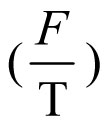 . There is a theoretical foundation of momentum in competitive swimming textbooks, however, it has not been confirmed in practice. Particularly: where, in which phase of a stroke it occurs, with what force, within what time interval? Which distance does propulsion cover at this moment, what is its speed and acceleration?
. There is a theoretical foundation of momentum in competitive swimming textbooks, however, it has not been confirmed in practice. Particularly: where, in which phase of a stroke it occurs, with what force, within what time interval? Which distance does propulsion cover at this moment, what is its speed and acceleration?
The research findings will help us see into the matter.
Materials and methods. During the research, we evaluated special physical fitness and technical competence of crawl swimmers (I Class, Candidate Masters of Sports), using a hardware complex which included: a) a water pressure sensor (WPS), fastened on a palm, a water pressure recorder (WPR), placed on a swimmer's body [2, 3]. All devices were waterproof. A swimmer had to fulfill a task during freestyle swimming; b) electronic dynamometer (ED) [1]. A swimmer had to fulfill a task while swimming on a leash by moving legs only in 10-second maximum mode, by moving arms only in 10-second maximum mode, with full-body coordination in 30-second mode. The effort a swimmer generated through a strap was transmitted to the ED drive.
Results and discussion. While discussing the results of the research, a differentiated/integrated approach was used.
Part 1. Dynamometry
This part was dedicated to studying speed characteristics when swimming by moving only arms - Fa, by moving only legs - Fl, with full-body coordination - Fcoord., speed-strength endurance %, coordination coefficient - CC.

The higher the positive percentage result the better.
In order to interpret the research results, by way of example let us represent the ED and WPS indices of swimmer A. Arapov (Candidate Master of Sports) who fulfilled all front crawl swimming tasks.
A) by moving only legs – 10 sec
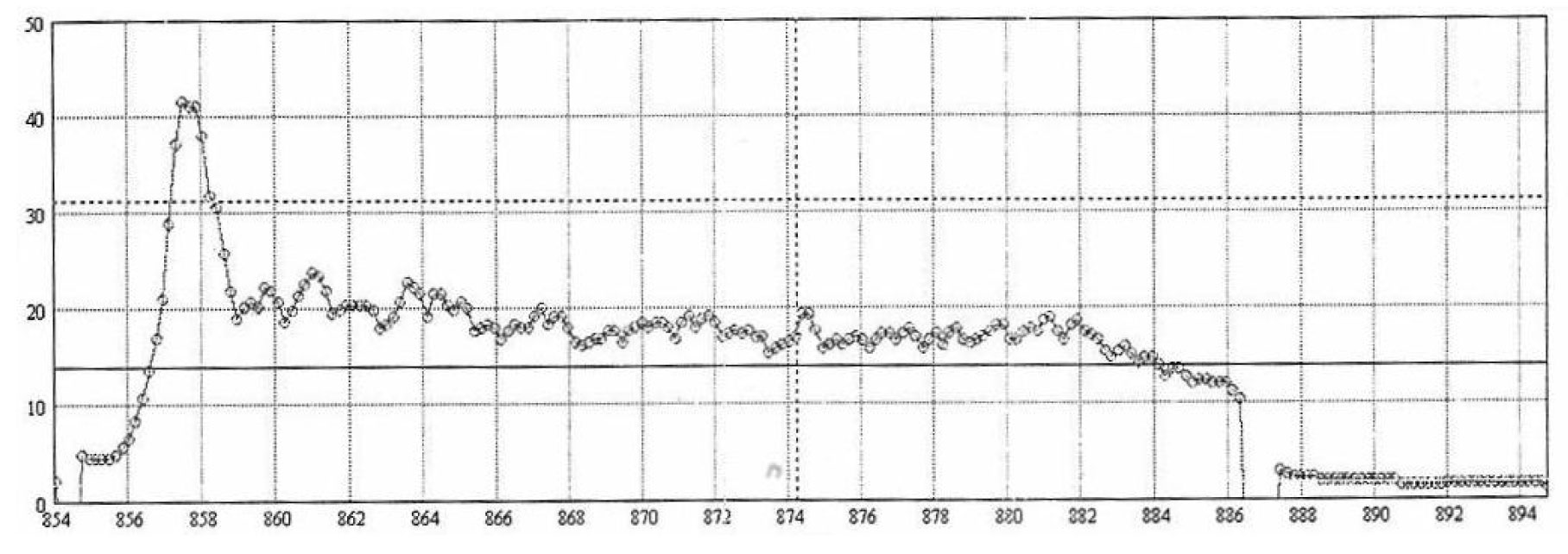
B) by moving only arms – 10 sec

C) with full-body coordination – 10 sec
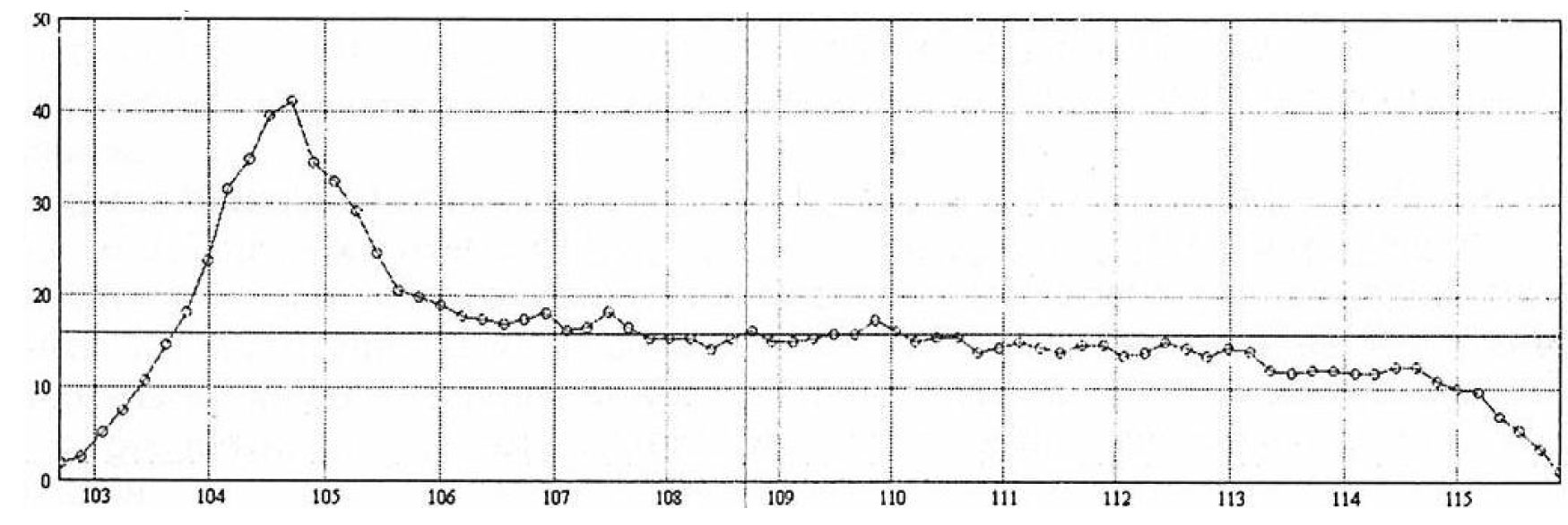
D) with full-body coordination – 30 sec
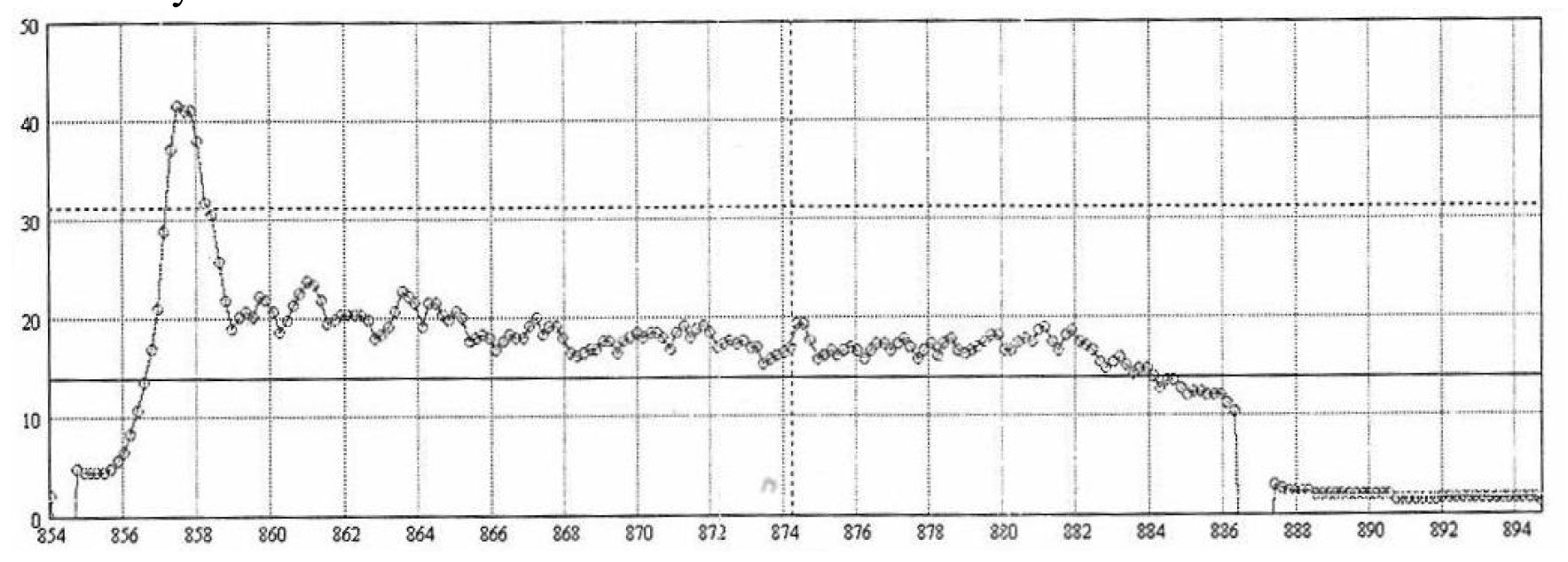
Fig. 1. Diagram projection of speed-strength characteristics of swimmer "А".
Table 1 reflects quantitative indices of speed-strength characteristics and technical competence of swimmer "A".
Table 1. Quantitative indices of speed-strength and technical characteristics of swimmer "А"
|
Swimming pattern in 10-second mode |
||||||||||
|
F max |
F mean |
Endurance, % |
||||||||
|
Legs only, kg |
Arms only, kg |
Coord., kg |
CC, % |
Legs only, kg |
Arms only, kg |
Coord., kg |
CC, % |
Legs only, kg |
Arms only, kg |
Coord., kg |
|
28 |
41 |
47 |
- 15 |
9,4 |
16 |
20 |
+ 5 |
34 |
39 |
43 |
|
Swimming pattern in 30-second mode with full-body coordination |
||||||||||
|
F max |
F mean |
Endurance, % |
||||||||
|
Coord., kg 42,5 |
CC, % - 23 |
Coord., kg 14 |
CC, % - 26 |
Coord., kg 33,4 |
||||||
As expected, strength characteristics while swimming by moving arms only were significantly higher than those when swimming by moving legs only. In the latter case, the strong indicators of legs muscles fatigue were marked: a) sharp decrease in effort (from 28 kg to 5 kg); b) sluggish succeeding activity with a slight up rise (from 5 kg to 10 kg) and further decrease. At large, speed-strength endurance (10 sec) was about 34%, F mean - 9.4 kg.
Crawl swimmers are called "manual workers" as their main propulsion source is arms. In this particular case, the swimmer "A" (Fig. 1 A) generated a great force with the help of his arms, up to 41 kg, but not being able to cope with it he wound down violently and retained 16-18 kg load within the next 7 seconds, and consequently - speed-strength endurance was 39%. Fig. 1 B clearly shows pronounced intra-cycle strength fluctuations (up to 5-6 kg). Obviously, the athlete has not fully mastered the "water adhesion" technique, i.e. timely catch-up of the stroke being finished by the moving arm, and beginning of the new stroke by the stationary arm, possible snatching movements within a stroke. Speed-strength endurance approached 40%, F mean - 16 kg.
According to competitive swimming theory, legs provide only a small part of crawl swimmers' forward motion with full-body coordination - 20-30% depending on the length of sprint distance. Let us analyze how the athlete masters movement coordination while swimming with full-body coordination in the 10-second and in the 30-second modes (Fig. 1 C, D).
1. Swimming pattern in the 10-second mode. Vigorous start, 47 kg, 1-second retention, sharp decrease by 19 kg, wave-like retention with pronounced strength fluctuations from 18 to 25 kg within the next 8 sec, F mean 20 kg. Endurance - 43%, CC at F mean +5%.
2. Swimming pattern in the 30-second mode. Vigorous start, 42.5 kg, sharp decrease by 19.5 kg. The athlete is able to retain around 18 kg load for 25 sec with pronounced cycle and intra-cycle strength fluctuations. Speed-strength endurance varies between 32-35%, F mean 14 kg. Coordination coefficient is negative, CC at F mean -26%.
Summing up the above mentioned within the frame of lenient evaluation, it follows that:
- strength characteristics while swimming by moving arms and legs can be evaluated on a positive level;
- speed-strength endurance while swimming by moving arms and legs is low;
- judging by cycle strength fluctuations, arm-action technique is not effective;
- speed-strength work while swimming with full-body coordination in different time modes has a number of distinctions: a) in the 10-second mode speed-strength endurance and technical competence of the athlete are both on a sufficient level; b) during more continuous work (30 sec), propulsive force decreases and impulses of cycle and intra-cycle strength fluctuations increase significantly. Apparently, that is determined by arising fatigue, and thereupon, technique is negatively affected. This is proved by the negative CC. It would be wrong to qualify the above listed observations as individual characteristics of swimming technique, since whatever is not subject to the laws of hydrodynamics may lead to motor action failure.
Part 2. Water pressure sensor (WPS), water pressure recorder (WPR).
2.1. In order to solve the problems of integral estimation of physical fitness and technical competence of swimmers, let us consider the results obtained with the help of WPS and WPR.We studied: indices of water pressure force exposed on a swimmer's palm in each phase of a stroke; time of exposure of these forces; momentum  .
.
Thanks to the given methodology one can collect information on strokes during freestyle swimming in the maximum speed mode. Figure 2 and Table 2 show strength and temporal characteristics of the stroke made by crawl swimmer A. Arapov (Candidate Master of Sports).
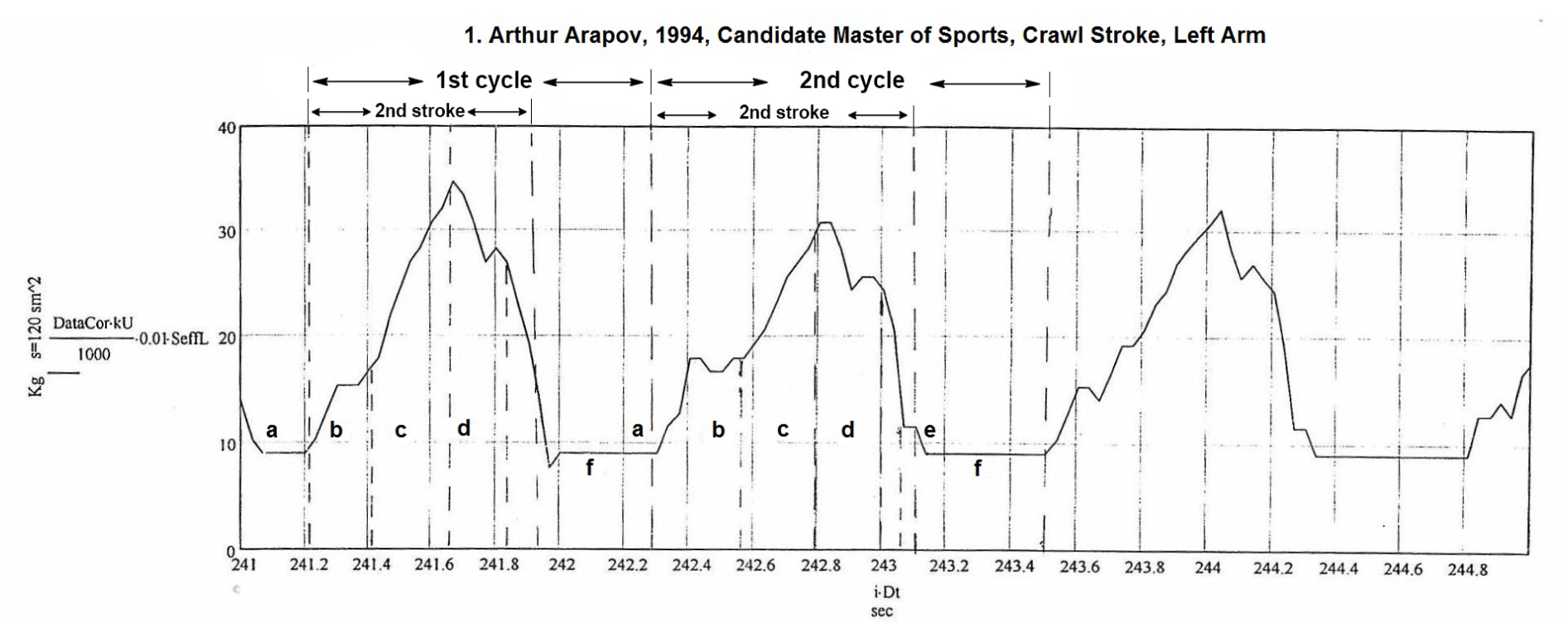
Fig. 2. Diagrams of cycle, intra-cycle and speed-strength characteristics of a stroke during front crawl by swimmer "A"
Table 2. Temporal and strength characteristics of a stroke by swimmer "A"
|
|
1st cycle |
2nd cycle |
||
|
Phases |
T sec |
F kg |
T sec |
F kg |
|
"a" - hand entry |
0,05 |
- |
0,05 |
- |
|
"b" - catch |
0,2 |
0-6 |
0,25 |
9-8-9; 9-8; 8-9 |
|
"c" - pull |
0,25 |
6-25 |
0,25 |
9-20 |
|
"d" - push |
0,25 |
25,5-18-19 |
0,38 |
20-21; 21-15; 15-16; 16-0 |
|
"e" - beginning of recovery |
0,08 |
- |
0,07 |
- |
|
"f" - end of recovery |
0,33 |
- |
0,38 |
- |
|
|
|
∑ 17,13 |
|
∑ 16,13 |
2.2. Interpretation of results.
2.2.1. General evaluation specification of cycles.
All three cycles (Fig. 2) have different strength and temporal characteristics. Maximum force amplitude of the 1st cycle is 25.5 kg, stroke duration is 0.83 sec, cycle duration - 1.13 sec. The second cycle has maximum force amplitude of 21 kg, stroke duration of 0.93 sec, cycle duration of 1.31 sec. In the third cycle - 23 kg, 0.75 sec and 1.30 sec accordingly.
There is a univocal conclusion - the swimmer's stroke is unstable.
Changes in temporal and strength characteristics of each stroke are to be directly associated with the changing position of hand in the streamline (it is a palm WPS is fastened on). Moving back towards the swimmer's body, the hand changes the direction of its movement, altering sweep and pitch angles, and consequently, the water stream pressure (resistance) changes too. In a particular phase the hand interacts with the stream, getting under great pressure, and vice versa. Evaluating single-phase momentum, we can also estimate individual "force of stroke direction" (FSD). The greater FSD is the better, since in this case propulsion interacts with the water stream more effectively, which means that external dynamic characteristics of the technique are good. Without these devices, Russian coaches estimate this position "by eye": by how effectively a swimmer propels forward, by tempo, by stroke length and other simplified methodologies.
2.2.2. Single-phase evaluation of FSD.
As an example let us consider the indices of the second cycle (Fig. 2, Table 2).
The swimmer lowers his hand into the water fluently within 0.05 sec (phase "a"), slightly raising the pressure, which passes for normal. Then, as it is clearly seen from the figure, the swimmer begins the stroke violently (catch phase "b"), force index increases by 9 kg, however, the second half of this phase is sluggish as compared to the overall force of stroke direction, force index decreases by 8 kg, and then increases by 9 kg again. There are two reasons for interruption of force potential growth: - a swimmer has reduced speed-strength tension; - a swimmer has lost positive supporting resistance to the water stream due to disorientation in sweep and pitch angles. One way or another, the phase target is not completely achieved.
The phase time line is 0.25 sec and it fits into standard parameters.
The catch phase is the most complicated and responsible part of a stroke. The hand covers a complex trajectory: first it moves down and backwards reaching 40-45 cm depth, and then it is pulled back up with a simultaneous move backward (towards the swimmer's body) - inward, aiming for the swimmer's longitudinal body axis.
Within these 0.2-0.25 sec a swimmer is to feel water support without reducing strength tension.
The "pull" phase ("c") is an accelerating one. A swimmer is to gather maximum speed of arm movement while interacting with the water stream effectively, force of stroke direction has to increase rapidly. The swimmer copes with this task perfectly. The stroke force increased from 9 kg by 20 kg. The phase duration is 0.25 sec, which is within normal limits.
The effectiveness of the "push" phase ("d") is determined by the increase in propulsion pressure force and retention of these components through time. By our example, the "push" phase has a pronounced contradictory character. For one part, force potential increases by 21 kg, and then decreases sharply by 15 kg and pressure increases by 16-17 kg, the swimmer is not able to retain the reached maximum of force position.
Let us see into this matter by the example of "momentum".
2.2.3. Momentum.
We singled momentum out for a reason, as this component of competitive swimming is evaluated for the first time. Momentum is a connecting link between the "pull' and the "push" phases, and it is to be expressed by maximum effort in the smallest time interval. However, this does not mean that propulsion, i.e. hand, has to cover minimum distance, on the contrary, what really matters is combination of maximum effort, time interval and distance. The longer distance the hand covers at maximum pressure rate and in the smallest time interval, the better and more effective the "push" phase is (the end of the stroke). In our research we did not use underwater video recording. Consequently, we are not able to evaluate spatial characteristics and trajectory length which the hand covered. Let us estimate momentum by temporal and strength characteristics and use them also for indirect assessment of the length of the hand movement.
Once again let us refer to the diagram where the second half of the stroke is shown. At the beginning the athlete generates the maximum effort of 21 kg and retains it for 0.05 sec, while the entire phase duration equals to 0.35 sec, which is 39% of the stroke on the whole. It may be assumed that the hand covered only a small distance in 0.05 sec. Then there is the effort decrease and another increase in the force tension, but this time it is significantly lower (15-16 kg), with that the former takes 0.08-0.09 sec.
So, there are two momentums with time interval of around 0.08 sec, which differ in strength and duration. We assume this kind of the main stroke phase is far from ideal. It is fair to assume that the hand "rambles", moving in the water stream along the swimmer's longitudinal body axis from side to side, which prevent the athlete from focusing his efforts on single momentum. Taking into account that in sprint distance (100 m) swimmers complete up to 50 cycles, the loss of forward motion speed with the violation of momentum integrity is significant.
Part 3. Integral evaluation of special physical fitness and technical competence of the swimmer "A".
Interpretation of speed-strength characteristics:
1. Mean value of propulsive force in the 10-second maximum mode during dynamometry was 16 kg;
2. Force of stroke direction on WPS was 16.14 kg.
This indicates the compatibility of ED and WPS and effectiveness of their implication in the research work. Speed-strength endurance in the 30-second mode during dynamometry amounted to 35%.
The interpretation of intra-cycle strength characteristics:
1. While swimming by moving arms only in the dynamometry mode the variability of strength characteristics was 5-6 kg;
2. At the end of the main stoke phase, in the WPS mode momentum consisted in the double-peak tension. The effort differential was 5-6 kg. Sharp cycle and intra-cycle strength fluctuations in sprint crawl are unacceptable.
Interpretation of the technique of the swimmer "A":
1. Coordination coefficient while swimming in the 10-second dynamometry mode was low, CC = 5%; in the 30-second mode CC = -24%, which was hard to explain.
2. The analysis of the data obtained by means of WPS showed interruption of momentum in the main stroke phase. An athlete's stroke was not effective. FSD comprised four momentums.
3. Overall interpretation of the results obtained by means of ED and WPS enables to draw the conclusion on the current disorders in stroke technique and coordination of movements in general.
Conclusion.
Implementation of electronic dynamometry complex methods and water pressure recorder in research program enables deep studying of special physical fitness and technical competence of swimmers, and making objective evaluation.
Further collecting of material will allow achieving performance standards which depend on age, qualification and gender characteristics of the swimmers being studied.
References
- Katsai, D.A. Patent for useful model "Registrar of swimmer’s rowing movements” № 115475 dated 16.11.2011 / D.A. Katsai, V.L. Krasil'nikov. (In Russian)
- Krasil'nikov, V.L. The introduction of electronics in the educational management system of swimmers’ training process / V.L. Krasil'nikov, D.A. Katsai, E.V. Mirgorodskaya. – Chelyabinsk: SUrSU, 2011. – 96 P. (In Russian)
- Krasil'nikov, V.L. Measure of efforts on movers of swimmers during rowing movements / V.L. Krasil'nikov, D.A. Katsai. – Chelyabinsk: SUrSU, 2009. – 206 P. (In Russian)
Corresponding author: katnemna@mail.ru

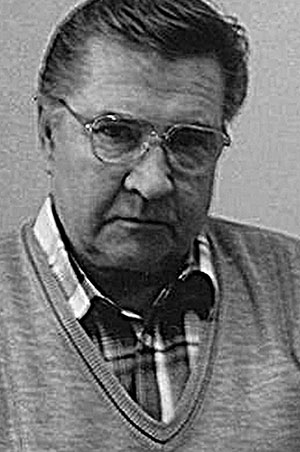

 Журнал "THEORY AND PRACTICE
Журнал "THEORY AND PRACTICE